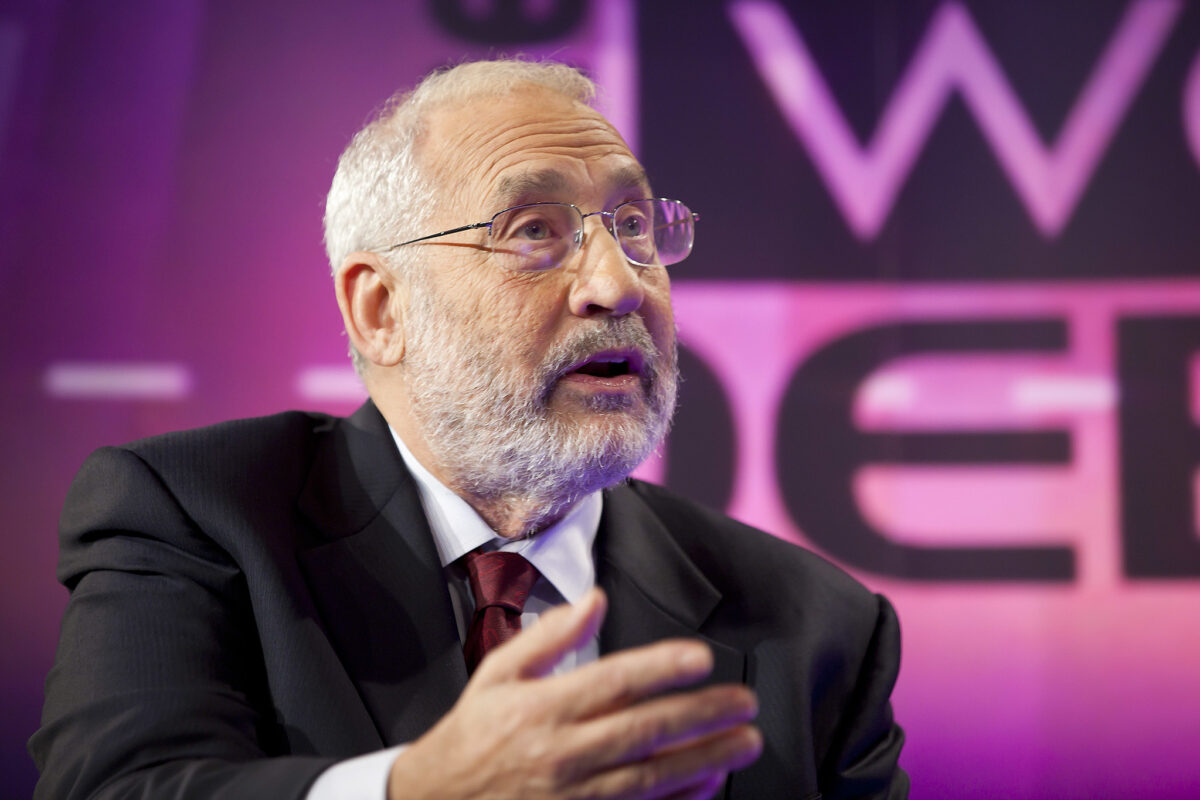Investor Confidence Soars
Rebuilding America
FOMO is firmly in charge of the US stock market: the Fear of Missing Out has nearly all classes of investors – from retail to institutional – pouring vast volumes of cash into stocks. Excitement reaches new heights during the current earnings season with S&P 500 companies reporting an average of 1.3% year-on-year revenue growth in the fourth quarter – wrong footing analysts. In January, most Wall Street forecasters had cautioned against too much optimism and predicted a 1.4% drop in revenues for the closing quarter of 2020. Profits jumped as well across the S&P 500 blue chips.
Corporate America seems to have turned the page and is on track for a much stronger than anticipated post-pandemic rebound. On ‘The Street’, the expectation is that earnings per share for S&P 500 companies may rise by as much as 23.3% this year after slumping 12% in 2020. Pent-up consumer demand and the attendant increase in discretionary spending are pinpointed as major drivers of the recovery. The proposed $1.9 trillion stimulus package currently under consideration by Congress will only add to the looming boom.
However, for investors it remains a rather heady mix. They have been buying into the stock market since the quick turnaround of early last year when the initial pandemic-induced scare was quickly replaced by an apparently unfounded yet solid belief in the ultimate resilience of the US economy. Short sellers were proved magnificently wrong and paid a hefty price. Last year, stocks soared even as earnings fell. Now they soar yet some more as earnings recover. Though by some, if not most, markers US stocks are no longer a bargain, investors are fearful of losing out on a sustained rally and keep buying and going long. That sentiment has only been reinforced by the unexpected buoyancy of corporate America as evidenced by the fourth quarter results.
Main Street
Yet, the stock market is not necessarily a reflection of the mood on Main Street. In February, the number of new business registrations had decreased by 30.5% compared to the same month last year. The employment rate also shows a disconcerting disconnect from how Wall Street looks at the US economy. Low-wage employment – jobs paying $27,000 per year or less – is down 21% compared to pre-pandemic times although the pool of high-wage jobs (>$60K) has grown by 2.9%.
The nationwide number of job postings has so far failed to recover and is still down 16.3%. At the beginning of 2021, the real unemployment rate (U-6) stood at 11.1%. The labour participation rate as calculated by the US Bureau of Labor Statistics stands at a rather dismal 61.4% – fairly low when set against Europe and Asia.
Worryingly, the fall in the rate of unemployment seems to have stalled of late, although some 22 million jobs lost at the beginning of the pandemic did return. Federal Reserve Chairperson Jerome Powell expects the January unemployment rate to come in at around 10%, instead of the official (U-3) rate of 6.3% due to earlier ‘miscalculation errors’ and workers permanently leaving the labour force.
Numbers coming out of the nonpartisan Congressional Budget Office (CBO), also give food for thought to the bears. The surge in federal borrowing – $4 trillion with another $1.9 trillion in the making – is set to push the national debt to over 100% of the US gross domestic product later this year for the first time since 1946. Deficit hawks warn that the current level of spending, unprecedented in peacetime, may well spark a sudden surge of inflation which would not only be difficult to contain without strangling growth, but would also drive up the cost of future borrowing. The CBO predicts that by 2031, the national debt will peak at 107% of GDP – if the 2017 tax cuts are allowed to expire.
Losing Faith
Former CBO Director Douglas Holtz-Eakin fears that global financial markets may, ‘at some point’, lose their faith in the ability of the country to ‘make the numbers add up’. So far, inflation has been the least of concerns of both the Federal Reserve and the Biden Administration. Mr Powell assured markets that the Fed will tolerate moderate price increases and not instantly hike the interest rate in response.
Early February, Mr Powell noted that inflation had been ‘much lower and more stable’ over the past thirty years than before. As if on cue, President Joe Biden added that the biggest risk to the US economy is ‘not going too big but going to small’.
Professor Joseph E Stiglitz, a Nobel Prize-winning economist at Columbia University, agrees and noted that a significant gap remains between the country’s actual and potential economic output, meaning that stimulus money will only help bridge this mismatch and not stoke inflation. Only when the actual output (supply) is overtaken by the potential (demand) – as happens in an overheated economy – are shortages likely to occur resulting in a rise of retail and wholesale prices.
Though Prof Stiglitz may have an academic point, it is not universally shared. Larry Summers, a former economic adviser to the Obama Administration, warned that another big stimulus package would risk a bout of inflation. Mr Summers argued in a Washington Post column that the successive macroeconomic stimulus packages are out of tune with the scale of the corona-inspired recession, “with consequences for the value of the dollar and financial stability.” The White House rebuttal came quickly. Senior Economist Jared Bernstein dismissed the concern and explained that the administration is engaged in risk management: “In our view, the risks of doing too little are far greater than the risks of doing too much.”
Great Resolve
Once the impeachment trial of his predecessor had been dealt with, President Biden showed great resolve in pushing not only his own stimulus bill but appealing to the G7 nations to continue on the path of fiscal and monetary largesse as well and, by doing so, avoid lasting damage to the global economy. The president promised that the US economy would come ‘roaring back’ in the second half of 2021 once Congress has approved the latest stimulus package.
President Biden said his administration would subject the economy to a ‘jolt’ in order to accelerate the rebound. However, owners of small- and medium-sized businesses now worry that the proposed doubling, over time, of the federally-mandated minimum wage to $15 an hour – part of the stimulus bill – will yet push them over the edge. An estimated 32 million American workers earn less than $15 an hour. The current federal hourly minimum wage has remained stuck at $7.25 since 2009.
The new US administration has doubled down on the economy. Foreign policy issues have been relegated to the background. On international trade, the Biden White House is quietly letting the US slip back into the mainstream, ending its blockade of the World Trade Organisation, making cautious noises about a rapprochement with the European Union, and striking a more conciliatory tone overall without promising any major initiatives. All attention is duly focussed on the public healthcare emergency and the economic recovery.
By choosing pragmatism over political fanfare, and by prioritising the rebuilding of US economic might, the Biden Administration aims to reinsert the country into the concert of nations, rebuilding its tarnished reputation, and repairing burnt bridges, before taking the lead as it inevitably must. Instinctively or otherwise, the president seems to realise that he must deploy the power of the understatement – or silence – for the US to be accepted and engaged as a constructive interlocutor and partner. Following that, the remarkable resilience of the US economy will speak for itself.
Cover photo: Nobel laureate and Columbia University professor Joseph Stiglitz.
© 2010 Photo by International Monetary Fund


